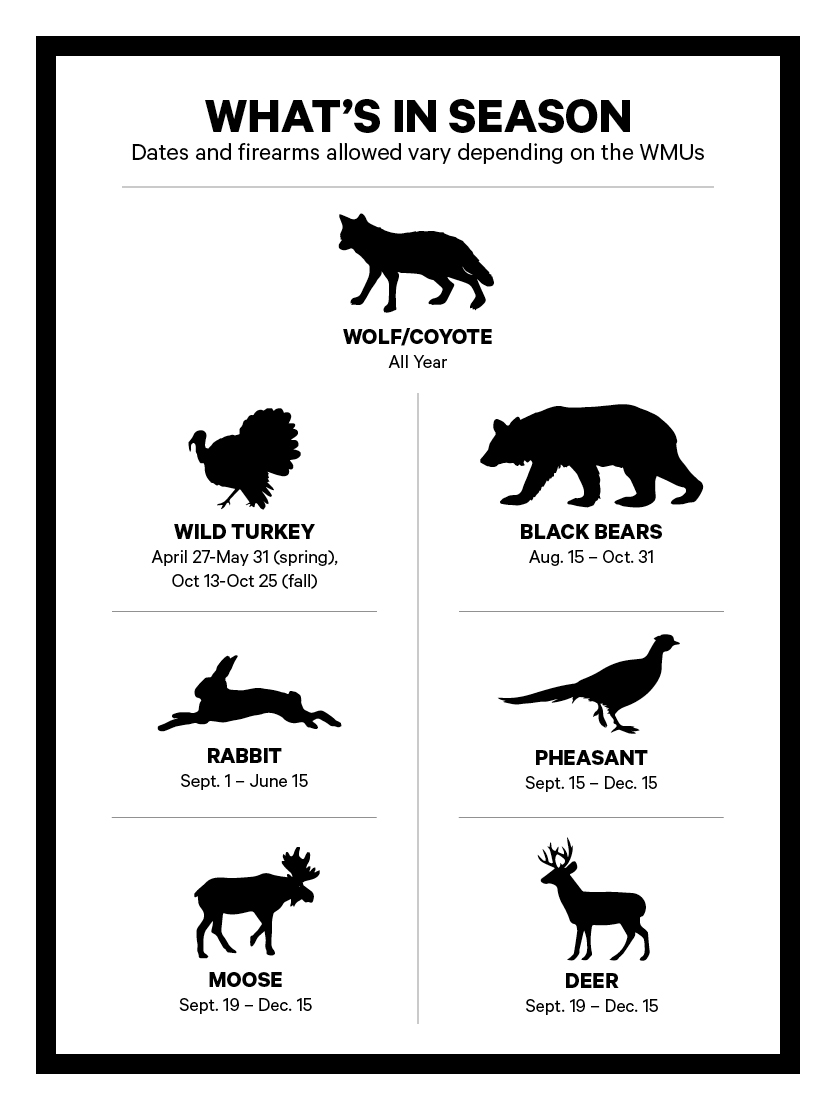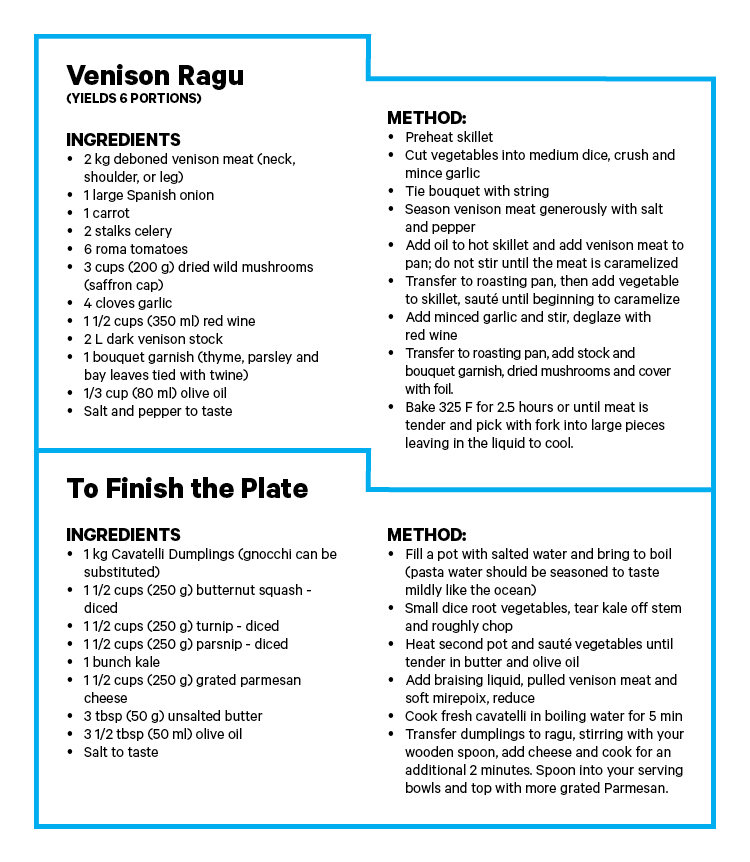How to be an (Ethical) Hunter
If certain evolutionary biologists are to be believed, men are natural hunters. The ones who don’t faint at the sight of blood, anyway. But these days, men are more pre-disposed to hunt for dates on Tinder or for the next amazing mixologist, than they are for their next meal. In an effort to get back out into nature, Michael Hunter (who has perhaps the most appropriate name, possibly ever), chef and owner of Antler Kitchen & Bar, who only uses the meat he hunts himself in his innovative and completely delicious dishes, offers advice.
Top 5 Things You’ll Need:
A License – Both a license to hunt or fish and a license for your firearm, if that’s what you’re hunting with. The price of hunting license ranges from province to province but generally you’ll need to enroll in a course first. The hunting courses only take a day and will get you an outdoor card (more on that below). Once you’ve passed, you’re able to purchase a hunting license (wait a few weeks for it to come in) and be on your way.
A Dog – Especially if you’re hunting ducks. A trained dog will lead you to where you can find your prey and will even retrieve it once you’ve shot it down. Just remember, if you intend for your dog to do more than just retrieve ducks, it has to be licensed as well. Their licenses are a one-time payment for the year and you can buy one when purchasing your hunting tags (more on that below). Typically, pointers, retrievers, setters and beagles are the popular breeds for hunting, but any dog that is well-trained and obeys commands can help out.

Camouflage –Deer are colourblind, which means you can’t complain about having to wear the bright orange vest. Full camouflage is allowed when you’re hunting with a bow, but once the guns come out so will the vests. It’s for your own protection.
A Firearm – Because you’re not about to do this with your bare hands. Each kind of weaponry has its own time of year when it can be used. Make sure you follow regulations and know what ammunition or measurement of bow is allowed before you get out there. The type of weaponry used also dictates what kind of clothing is used…
Warm Clothing – The biggest season for hunting is fall, which means you’ll probably be spending a few hours remaining perfectly still while there’s a slight chill in the air. Thicker fabrics and waterproof boots will be a lifesaver.
“Go with someone who is experienced. For your first time – and a few after that – just go to soak up as much as you can. Do your research beforehand and ride along with someone who knows what they’re doing until you’re comfortable enough to go out on your own.” – Chef Michael Hunter
Terms to Know:
WMU
Wildlife Management Units. Each province is divided into WMUs and each unit has its own customized hunting regulations for open season dates, game you can hunt and permitted methods of hunting. Know what they are before you pack up the car. A hunting handbook is printed annually with every rule and regulation known to man inside. It can be found on a government website and in every hunting store in the country.
Outdoor Card
After completing a hunter education course, you need to apply for one of these for either fishing or hunting. They’re valid for three years and are needed to buy a license tag. Both must be on hand when hunting.
License Tag
This can either be printed on the back of your Outdoor Card or be a separate document. If you’re hunting big game, your license tag must be specific to the game. They’re valid for one to three years.
What’s In Season:
Dates and firearms allowed vary depending on the WMU’s.

What’s Next?
You took down a big game animal. Nice work! But, now what? After you’ve followed the region’s regulations for tagging and bagging an animal, you should take it to a skilled butcher for proper cleaning. One deer can last a full year if you clean it properly. Don’t let all that meat go to waste.
A Recipe from Chef Michael











